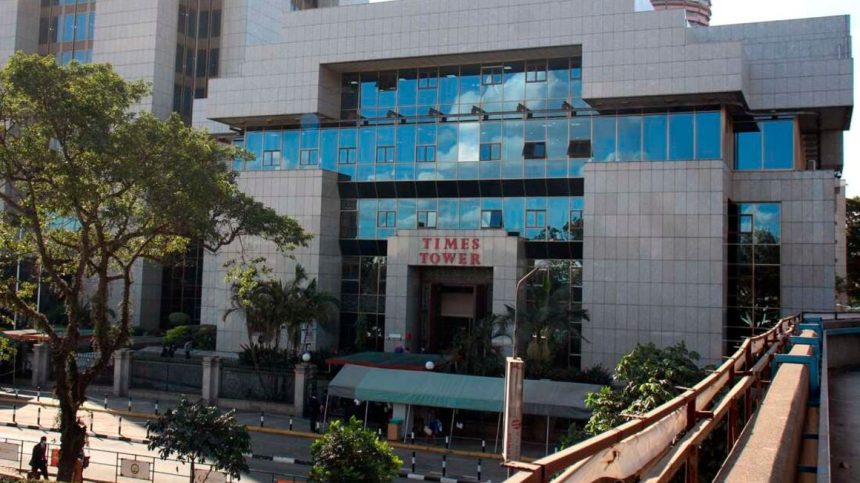Kenya Revenue Authority (KRA) has revealed that they maintained a positive trajectory in their revenue collection in the last financial year.
According to a press release, KRA states that it experienced 6.7 per cent growth in the financial year 2022-2023 and that revenue collection increased in the last five years from Ksh1.58 trillion in the 2018/2019 financial year to Ksh 2.166 trillion in the 2022/23 financial year.
Revenue collection growth
This, according to the taxman, represents a growth of 37 per cent, which is equivalent to Ksh586.259 billion over the last five years.
“Despite an economic slowdown occasioned by an unfavourable global fiscal environment, KRA recorded a revenue collection of Ksh 2.166 Trillion for the period July 2022-June 2023, compared to Ksh2.031 trillion in the last financial year. The collection for the financial year 2022-2023 was, therefore, higher than what was collected in the financial year 2021-2022 by KShs 135 Billion,” KRA said in a statement.

The authority, however, missed its revenue target for the financial year under review by Ksh107 billion.
KRA went further to state that their performance in revenue collection was hit by slow economic growth last year, which went down to 4.8 per cent from 7.6 per cent in the previous year.
“This mirrors the World real GDP growth that decelerated to 3.4 per cent in 2022 from a growth of 6.0 per cent in 2021. The decelerated domestic economic growth was due to the adverse impact of multiple shocks that affected the economy, including a prolonged drought, and international conflicts that disrupted the supply chain, among others,” the statement added.
With KRA collecting Ksh2.030 trillion compared to Kah1.900 trillion collected in the previous financial year, it means the exchequer revenue grew by 6.9 per cent. Exchequer revenue comprises taxes on international trade and transactions, excise taxes, taxes on income, profits, and capital gains, taxes on goods and services, as well as property taxes.
“This translates to a performance rate of 95.1 per cent against the target. The revenue performance reflects the prevailing economic indicators, especially the projected GDP growth of 5.8 per cent in the 2022–23 financial year compared to a growth of 6.5 per cent in the 2021/22 financial year,” it added.
Unfavourable environment
High fuel costs and the unfavourable dollar-shilling exchange rate also had a negative impact, especially on the inflation rate.
“The overall inflation remained above forecast levels, averaging 8.78% compared to an average of 6.15% in the 2021–2022 financial year. This was mainly driven by high fuel, electricity, and food prices.
“The general economic environment was also influenced by the exchange rate of the Kenya Shilling against the dollar, which registered a consistent depreciation,” the presser continued.
On trade and domestic tax performance, KRA indicates it missed its target by a whisker.
“During the financial year, domestic taxes registered a revenue growth of 8.5 per cent after collecting KShs1.407 trillion against a target of Ksh1.481 trillion. This translates to a performance rate of 95.0 per cent.
“Customs taxes recorded a performance rate of 95.6 per cent with a collection of Ksh754.090 billion. This translates to revenue growth of 3.5 per cent compared to the same period in the 2021–2022 financial year,” KRA explained.

The Times Towers-based agency also pointed out how subsidies on essential products had an impact on its performance.
“Despite overall import values increasing by 15.3%, Customs taxes performance was in part affected by growth in exemptions and remissions, which grew by 39.7%, driven by special exemptions accorded to rice, maize, sugar, and cooking oil.
“These products account for 24.8% of exemptions accorded in the 2022–2023 financial year. The special exemptions were part of the government’s strategies to mitigate against the adverse effects of drought and to reduce the cost of living,” it concluded.



